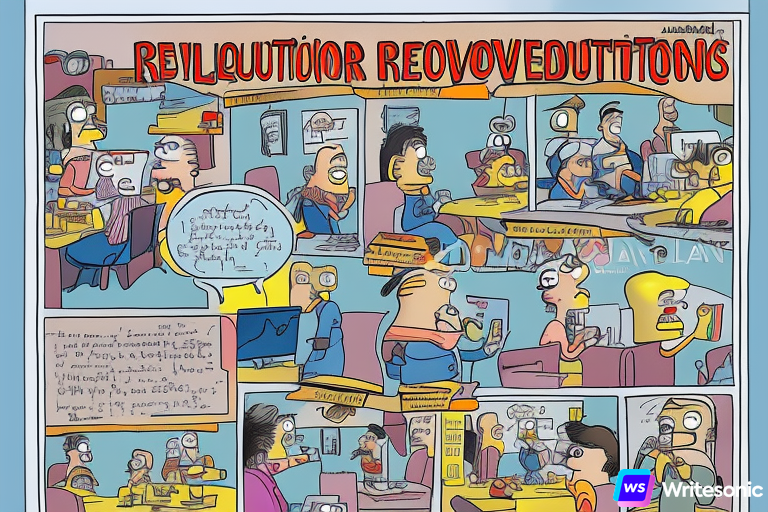Revolutionizing Instructional Design: Leveraging Artificial Intelligence for Personalized and Engaging Learning
Artificial intelligence (AI) has the potential to revolutionize the field of instructional design. AI can be used to personalize learning experiences for individual students, to automate the creation of instructional materials, and to analyze student data to improve instruction. Additionally, AI can be used to create virtual and augmented reality experiences, which can enhance engagement and motivation for learners.
One of the key ways in which AI can impact instructional design is through personalization. AI algorithms can analyze student data, such as learning style, prior knowledge, and performance on assessments, to create customized learning experiences. For example, a student who struggles with a particular concept can be provided with additional resources and instruction tailored to their needs. Additionally, AI can be used to create adaptive learning experiences, where the content and pacing of instruction is adjusted in real-time based on a student’s performance. This can help ensure that students are being presented with the right level of challenge and are not getting bogged down or frustrated by material that is too difficult or easy for them.
AI can also be used to automate the creation of instructional materials. For example, AI-powered software can analyze existing instructional materials and identify areas that may be unclear or confusing. It can then generate alternative versions of the materials that are more easily understood. Additionally, AI can be used to create new instructional materials, such as virtual and augmented reality experiences, that can enhance engagement and motivation for learners.
Another area in which AI can have a significant impact on instructional design is in data analysis. AI algorithms can analyze large amounts of student data, such as performance on assessments, to identify patterns and trends. This information can then be used to improve instruction and identify areas where students are struggling. For example, if a large number of students are struggling with a particular concept, instructional designers can use this information to create new resources or modify existing instruction to better address the issue. Additionally, AI can be used to analyze student engagement data, such as how long students spend on a particular activity or how often they access a particular resource, to identify areas where instruction may be ineffective.

PERSONALIZED AND ENGAGING LEARNING, ORIGINAL ART BY MATT GROENING, CARTOON CHARACTERS
AI can also be used to create virtual and augmented reality experiences that can enhance engagement and motivation for learners. For example, a virtual field trip to a historical site or a virtual lab that allows students to conduct experiments in a safe and controlled environment, can be created by AI. This can be especially beneficial for students who may not have access to the same resources or experiences in the physical world. Additionally, AI can be used to create gamified learning experiences that can be more engaging and motivating for students.
However, it is important to note that AI is not a replacement for human instructional designers, but rather a tool that can aid them in creating more effective and efficient learning experiences. Human instructional designers have the expertise and creativity to identify the best ways to use AI in their instructional designs. Additionally, human instructional designers can ensure that the instruction is culturally responsive and inclusive, which AI alone can’t do.
In conclusion, AI has the potential to revolutionize the field of instructional design by personalizing learning experiences, automating the creation of instructional materials, and analyzing student data to improve instruction. Additionally, AI can be used to create virtual and augmented reality experiences that can enhance engagement and motivation for learners. However, it is important to note that AI is not a replacement for human instructional designers, but rather a tool that can aid them in creating more effective and efficient learning experiences. It is essential to combine the expertise of human instructional designer and the power of AI to achieve the best results in instructional design.


